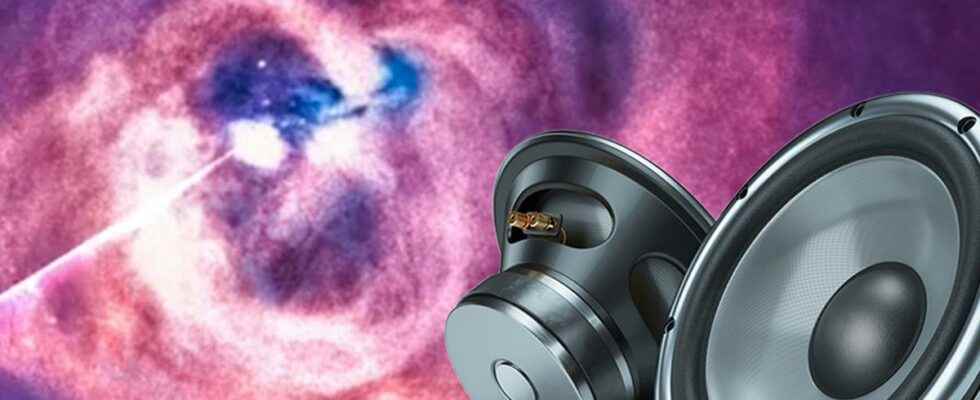Published: Just now
Nasa has recently released a clip with sound from a giant black hole, and the discomfort factor is high.
The sound has been described as a chorus of ghosts or a cosmic howl.
You can listen to the clip here.
For the first time, it is possible to hear what a black hole sounds like. Photo: NASA
Does the thought of space fill you with dread? That thing will not change if you take part in the 34-second clip that the American space agency Nasa published the other day – and which allows the listener to hear actual sound waves from a supermassive black hole.
The sound consists of data that was collected by Nasa already two decades ago and is called by the space agency a “remixed sonification”, which means that the frequencies of the sound have been increased by approximately 57 octaves to make it possible for a human ear to perceive.
There is a lot of gas
That it would be impossible for sound to travel through space, Nasa pointed out in connection with the publication of the clip, is a myth.
– The misunderstanding that there is no sound in space originates from the fact that most of space is a vacuum, where it is not possible for sound to move. But in a galaxy cluster there is so much gas that we were able to pick up actual sound, writes Nasa on Twitter.
The sound produced by the space agency is, according to many, terrifying.
A cosmic howl
IN the Guardian described as a “cosmic howl” and as the sound of an “ominous wind tunnel”, others have described it as a chorus of ghosts singing to us from the void.
However, Kimberly Arcand, one of the people responsible for Nasa’s sonification project, states Washington Post that Hon perceives the sound as something like “beautiful film music by Hans Zimmer”.
Lots of suns
A supermassive black hole is believed to be at the center of all galaxies, and has a mass equivalent to millions or billions of suns. This particular black hole is at the core of a galaxy cluster named Perseus, located 240 million light years from Earth.
Since the clip was released, it has been viewed by more than 13 million people.
